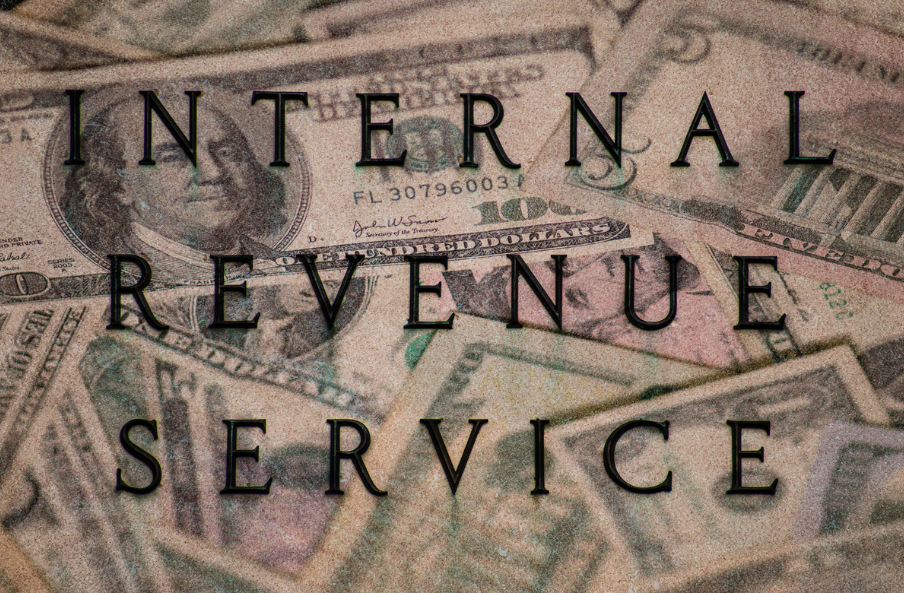The IRS issues millions of penalties every year. Most of these are for missed or late payments or returns, but sometimes, taxpayers incur the IRS’s ire in different ways, such as missing payroll taxes on their business or bouncing a check. These penalties add up over time – some are flat penalties, while others are calculated as a percentage of the principal debt. In addition to interest, these penalties can turn an innocuous tax debt into a hefty sum. But what happens if you can’t pay up? Well, there’s always the chance that the IRS will forgive your penalties. This is more likely if it’s been a long time since you’ve had to face off against the Tax Man. Let’s look at different penalty abatement options, including first-time penalty abatement.
What Is First-Time Penalty Abatement?
First-time penalty abatement is a somewhat misleading term. Not all taxpayers who have never run into trouble with the IRS are automatically eligible for any form of payment abatement if it’s their “first time.” Similarly, some taxpayers can still avail of first-time penalty abatement, despite a tax debt incurred some years ago. IRS tax debts are seldom forgiven unless the IRS forgets you owe anything (which is not very likely!) or decides that it has made a mistake (also rare). But penalties are a different matter. First-time penalty abatement applies to the following taxpayers:
- Taxpayers who only have specific penalties on certain returns. For individual taxpayers, these are only the failure to file and failure to pay penalties.
- Taxpayers who have a clear record for at least the last three years. This means you must be in good standing with the IRS for the previous three years before you try to avail of a first-time penalty abatement. Good standing means something other than perfect standing. You can have a minor penalty without besmirching your record, but the IRS does not indicate what counts as significant or insignificant, so err on caution.
- It does not matter if your penalty is for a missing tax return. Taxpayers must be entirely up to date on their tax returns. The IRS will only entertain the idea of penalty abatement if you retroactively send in the returns you’re missing – typically for the last three to six years.
When it comes to penalty abatement, the IRS can become frustratingly inconsistent. In addition to a written request via Form 843, Claim for Refund and Request for Abatement, you may need to appeal the IRS’ decision if they decide not to grant your request, and comply with requirements for additional information until your request is fully processed. Note that there are specific penalty appeal eligibility requirements that you may have to qualify for. Even with all of these requirements fulfilled, you have little guarantee of getting the IRS to remove your penalties without a little extra work.
Another notable point is that first-time penalty abatement does not apply to future penalties and interest. If you are currently paying off your tax debt, then requesting that the IRS lift your penalty may give you a get-out-of-jail-free card for what you currently owe, but not for what you will owe in the months after. To minimize what you pay – and the IRS recommends that you do this – your best bet is to request penalty abatement after you have finished paying off your tax debt. When the IRS grants your request, you will receive a tax refund for the money you paid in penalties.
What If It Isn’t My First IRS Debt?
The IRS does not track if this was the first time you’ve ever had a substantial tax debt when offering penalty abatement – what matters is that your record has been clean for three years. While taxpayers hate paying IRS penalties, most don’t request relief or are denied relief because they fail to follow the basic do’s and don’ts when requesting abatement. Fortunately, relief is available if you follow some notable steps for requesting and securing abatement.
Other Forms of Penalty Abatement
In addition to first-time penalty abatement, the IRS will offer penalty relief for three different reasons:
1. Reasonable Cause
Penalty abatement for reasonable cause is issued on a case-by-case basis, depending on the circumstances of your case and the penalty you owe. Think of missing a tax return deadline because a massive hurricane hit your state, vital records were lost in a fire, and it took extra time to retrieve copies or supporting information.
2. Statutory Exception
Under tax law, certain situations qualify for penalty relief due to statutory exception. These include being in an active combat zone, a federally-declared disaster area, having mailed a return on time (it may not have been processed yet, causing an erroneous penalty), or receiving a penalty due to false information obtained through the IRS.
3. Innocent Spouse Relief
More than just a form of penalty abatement, innocent spouse relief is rare and comes with a hefty caveat. You must prove to the IRS that you were not aware of the infraction that led to your spouse or ex-spouse’s tax debt on your joint return. The IRS must also determine that it would have been reasonable for you not to know (for example, the debt is related to your spouse’s business, which you are not involved with).
What If I Can’t Pay?
Tax debt is not optional. If you owe the IRS money, they will eventually want to see it. It might not be today; it might not be tomorrow. But the sooner you start, the less you end up owing. In addition to penalties, the IRS levies hefty interest rates and possesses an array of collection tools with which it can coerce payment, including federal tax liens and levies. It is possible to avoid a lien or levy if your debt is low enough, even if you cannot pay it all at once; an installment payment plan can keep the IRS at bay and even reduce your total penalties. If your debt is too high, and your finances can’t keep up, you may want to talk to a tax professional about considering an offer in compromise (OIC).

